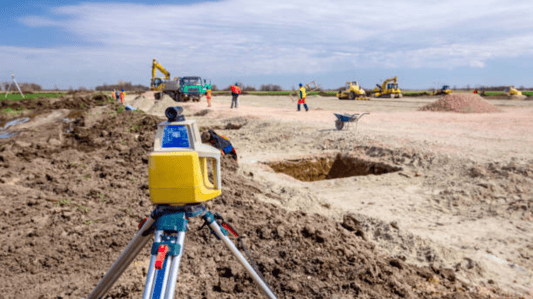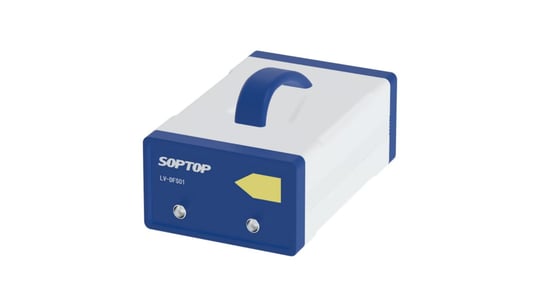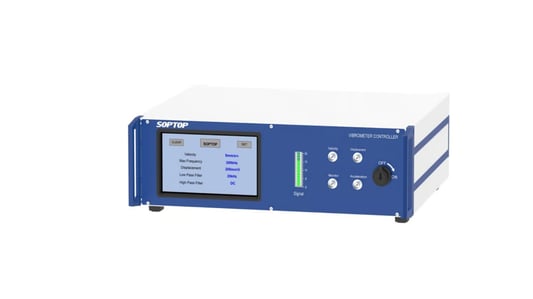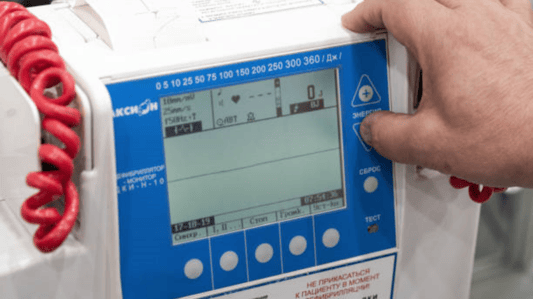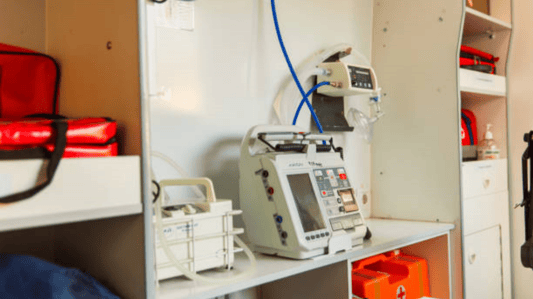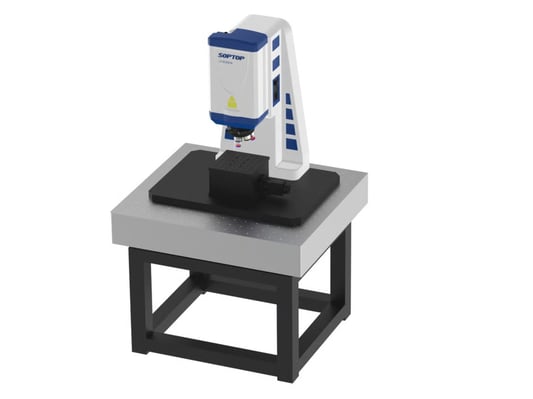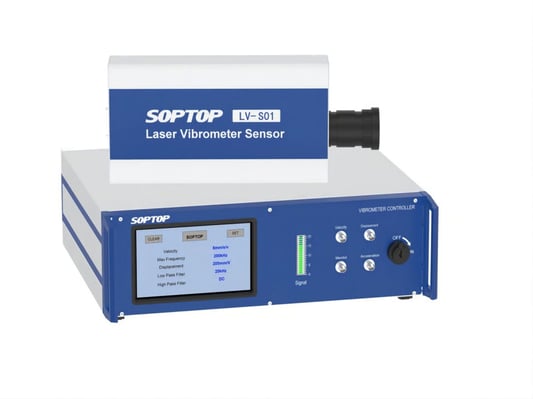Introduction to remote detection laser vibrometerRemote Detection Laser Vibrometer is an innovative technology that allows measurement of vibration remotely without the need for physical contact. This cutting-edge technology has revolutionized the way vibration analysis and monitoring are carried out in various industries.Principles of Remote Detection Laser VibrometerRemote Detection Laser Vibrometer operates on the principle of Doppler effect, where it detects the frequency shift of the laser beam reflected from a vibrating surface. By analyzing the frequency shift, the device can accurately measure the velocity and displacement of the vibration.Applications of Remote Detection Laser VibrometerRemote Detection Laser Vibrometer has a wide range of applications in different industries such as aerospace, automotive, civil engineering, and research laboratories. It is used for analyzing structural integrity, monitoring machinery health, and conducting non-destructive testing.Benefits of Remote Detection Laser VibrometerOne of the key benefits of Remote Detection Laser Vibrometer is its ability to measure vibration without making physical contact with the vibrating object. This non-contact measurement technique eliminates the risk of damage to the equipment and provides accurate data for analysis.Features of Remote Detection Laser VibrometerRemote Detection Laser Vibrometer comes with advanced features such as high sensitivity, fast response time, and a wide measurement range. It also offers real-time monitoring capabilities, making it an ideal tool for predictive maintenance and troubleshooting.Comparison with Traditional VibrometerCompared to traditional contact-based vibrometers, Remote Detection Laser Vibrometer offers several advantages such as higher accuracy, better precision, and the ability to measure vibration in hard-to-reach areas. It also eliminates the need for recalibration and reduces downtime.Challenges in Remote Detection Laser VibrometerDespite its numerous benefits, Remote Detection Laser Vibrometer also faces some challenges such as environmental interference, limited range, and high initial cost. Manufacturers are continuously working to overcome these challenges and improve the technology.Future Trends in Remote Detection Laser VibrometerWith advancements in laser technology and signal processing, the future of Remote Detection Laser Vibrometer looks promising. We can expect to see more compact and affordable devices with enhanced features for a wide range of applications in the coming years.Importance of Calibration in Remote Detection Laser VibrometerCalibration is a crucial aspect of maintaining the accuracy and reliability of Remote Detection Laser Vibrometer. Regular calibration ensures that the device provides consistent and precise measurements, making it a valuable tool for vibration analysis and monitoring.ConclusionIn conclusion, Remote Detection Laser Vibrometer is a game-changing technology that offers accurate and reliable measurement of vibration without physical contact. Its wide range of applications, benefits, and future trends make it a valuable tool for industries looking to enhance their vibration analysis capabilities.Quote InquiryContact us!


